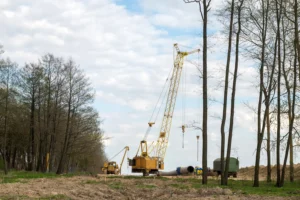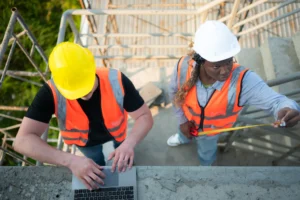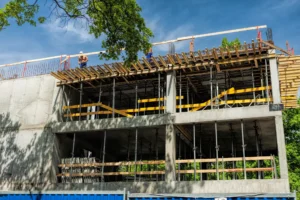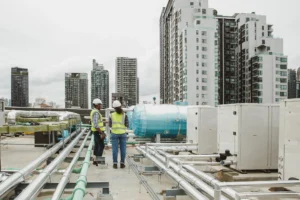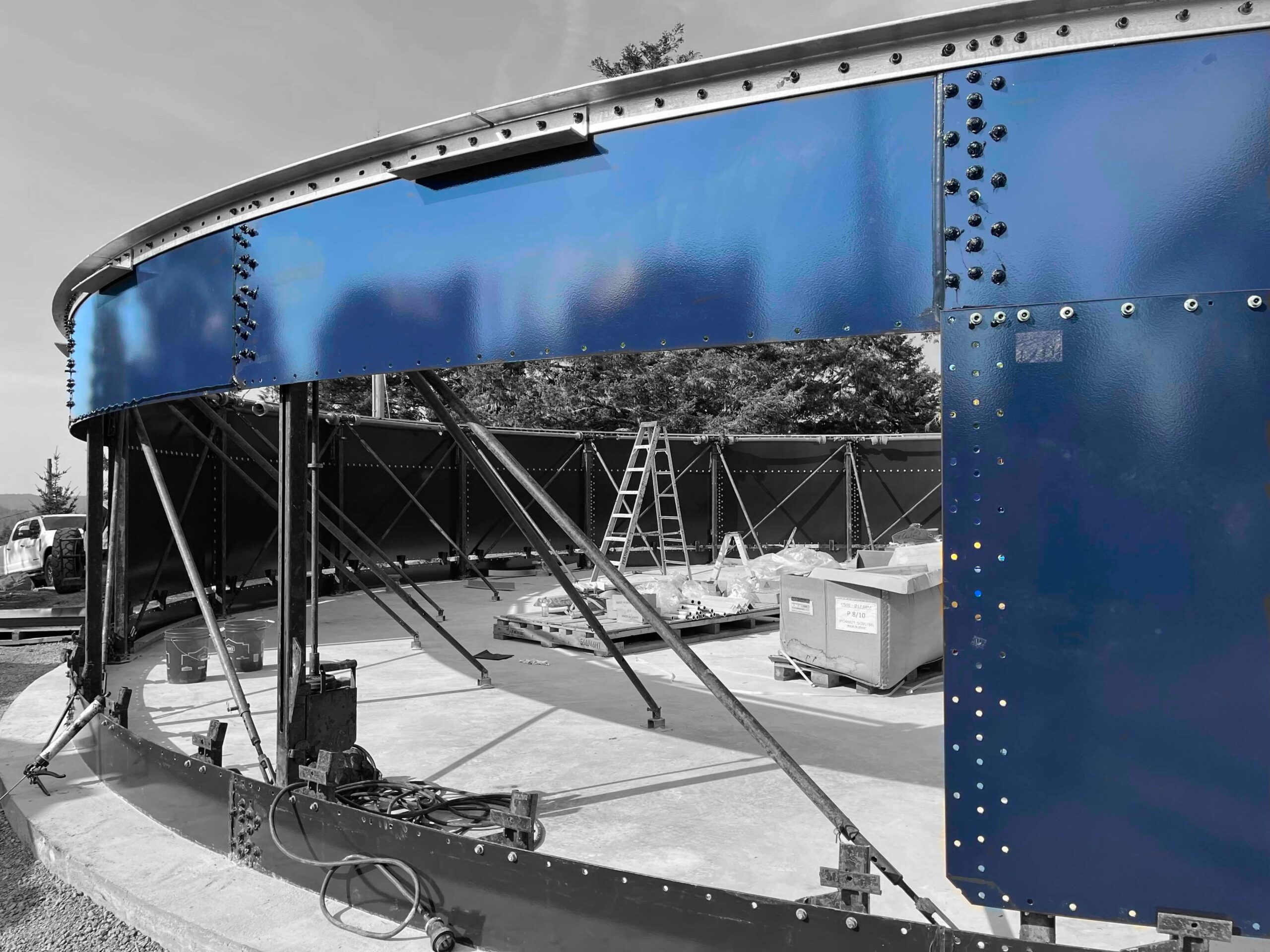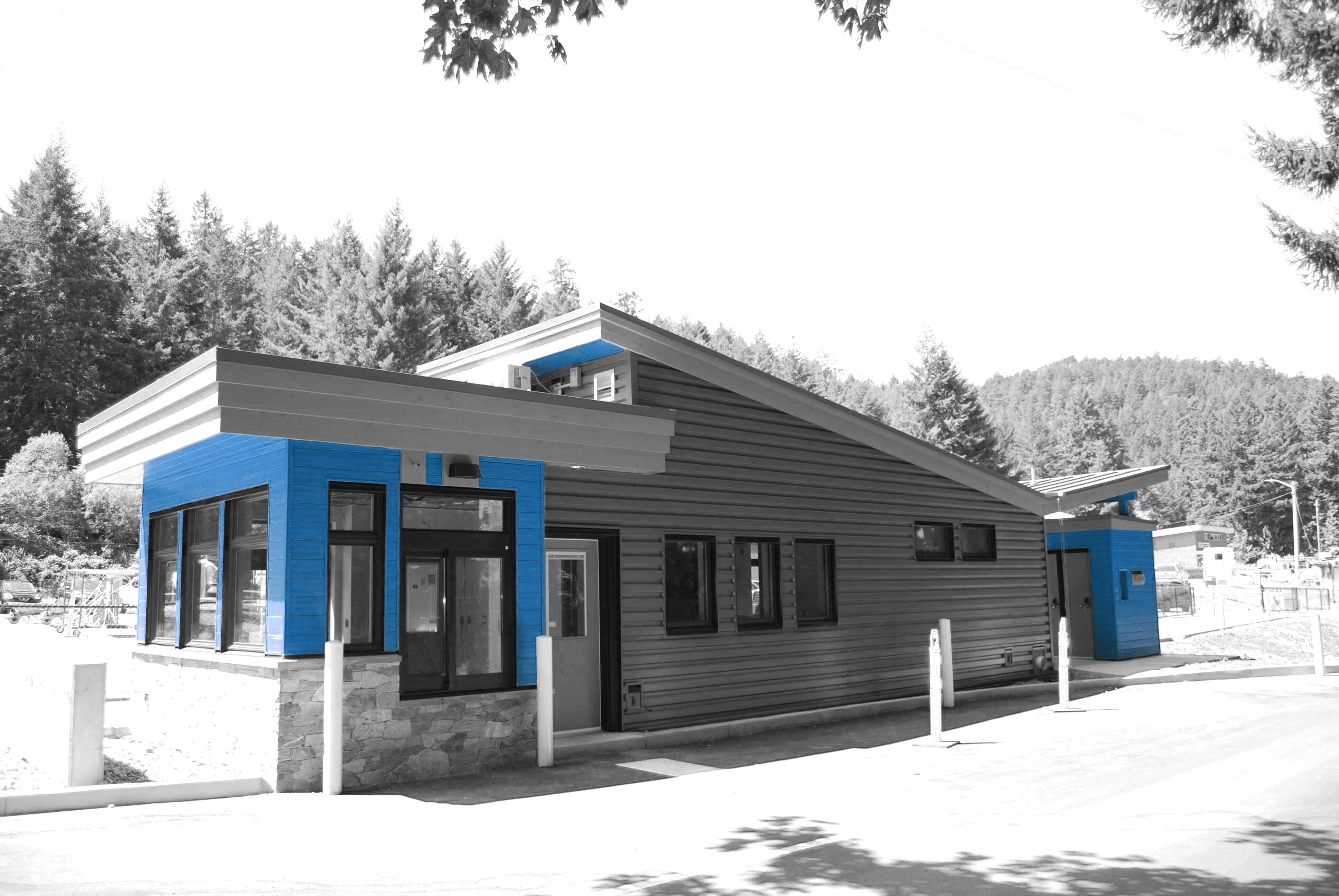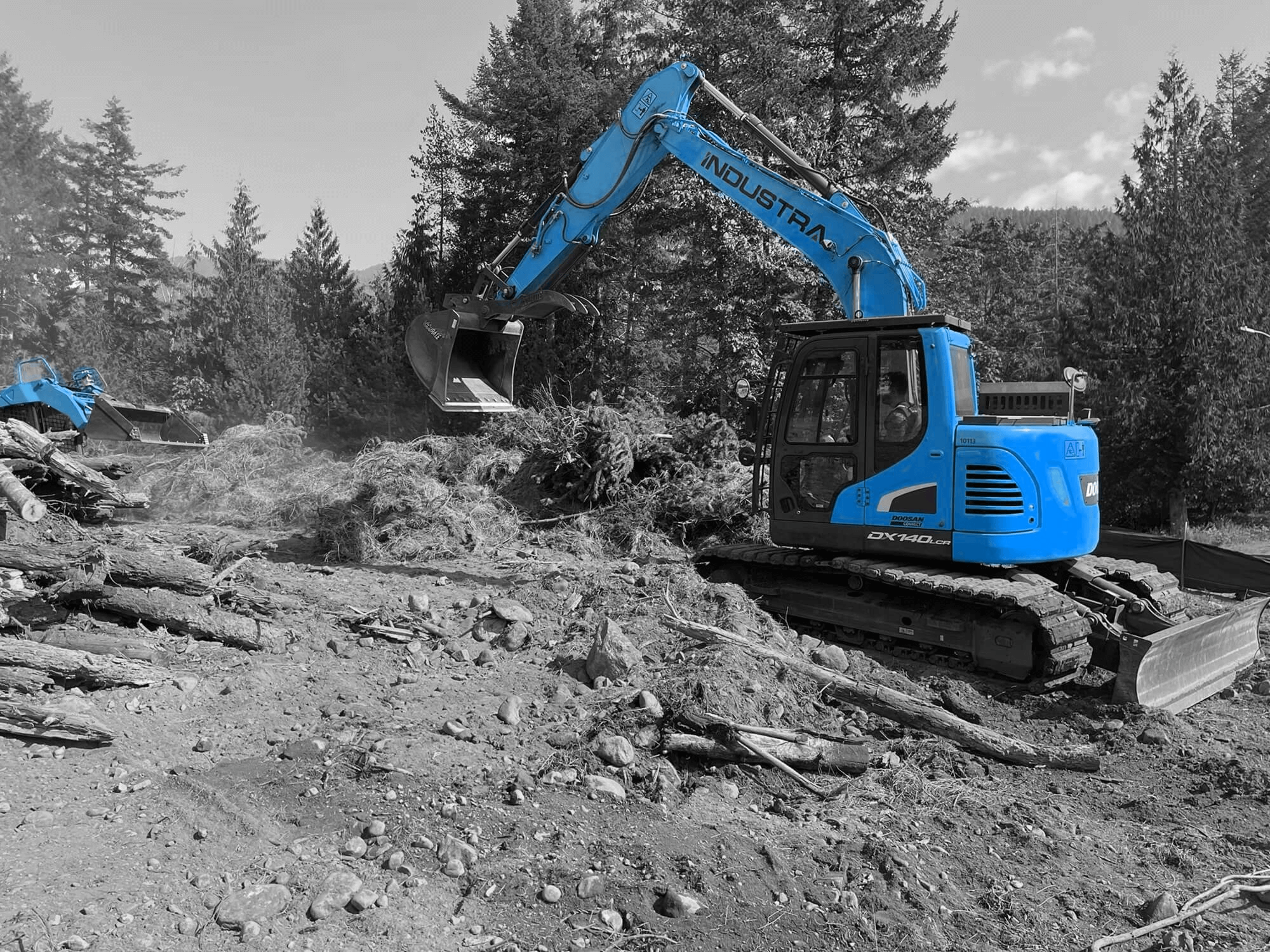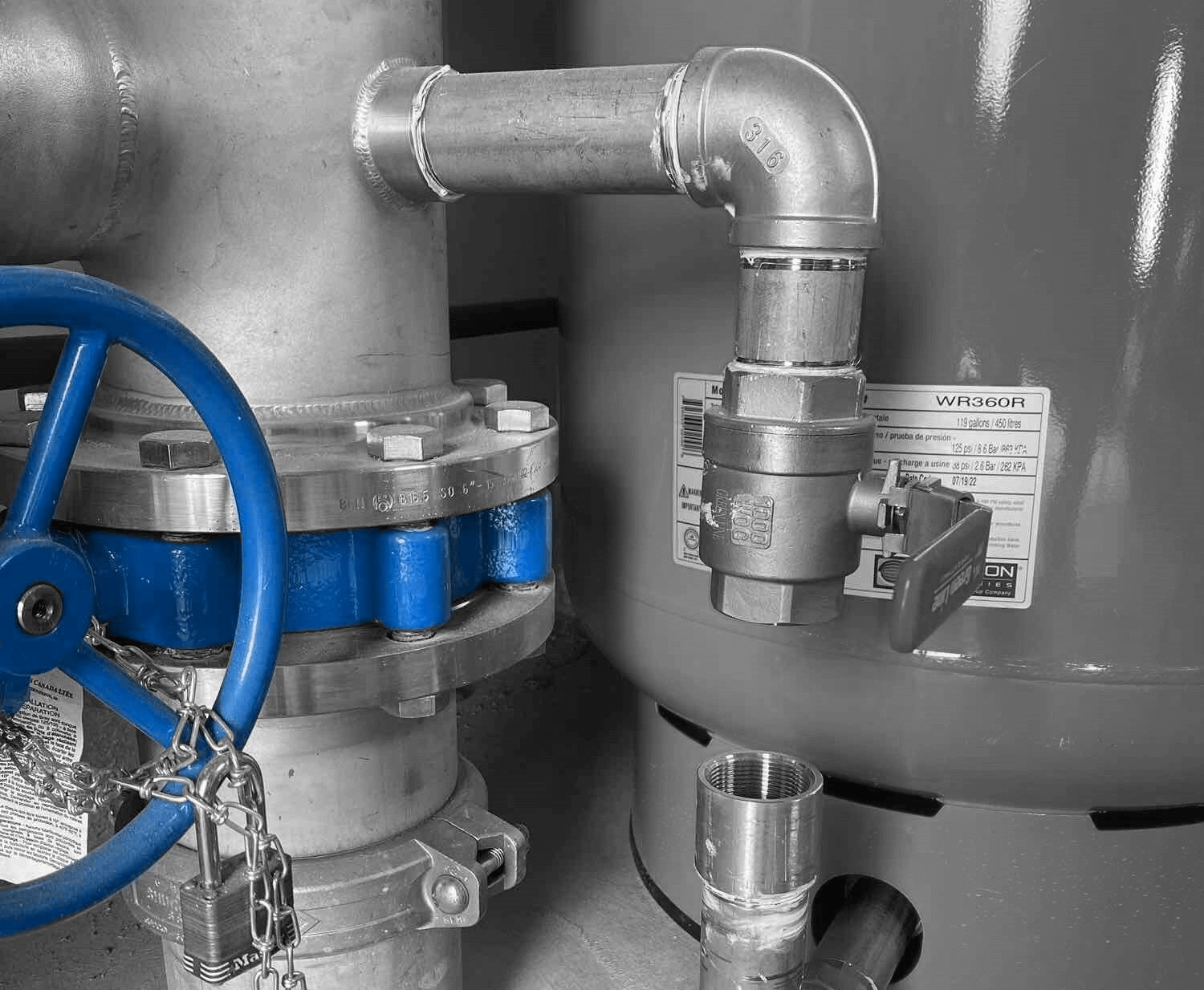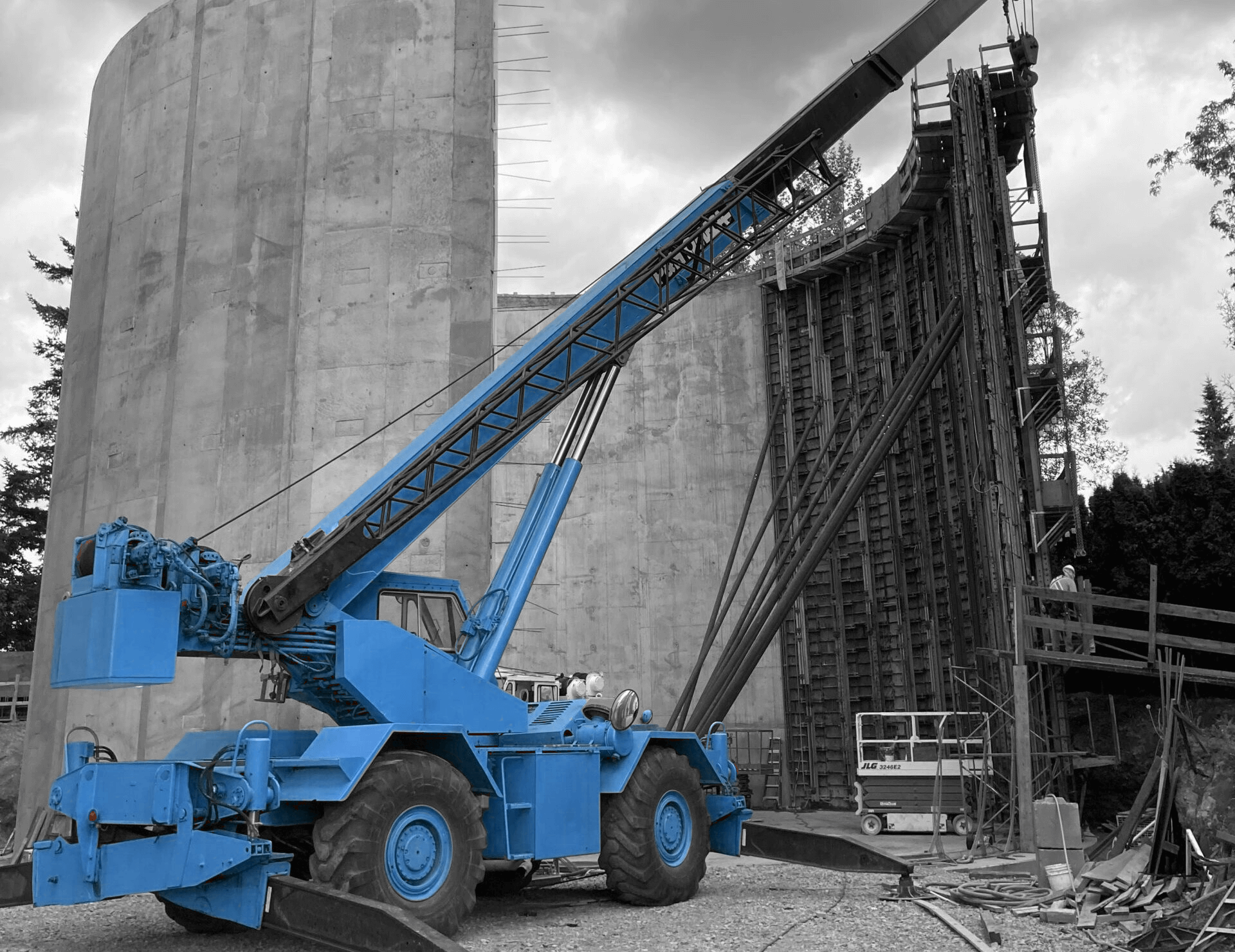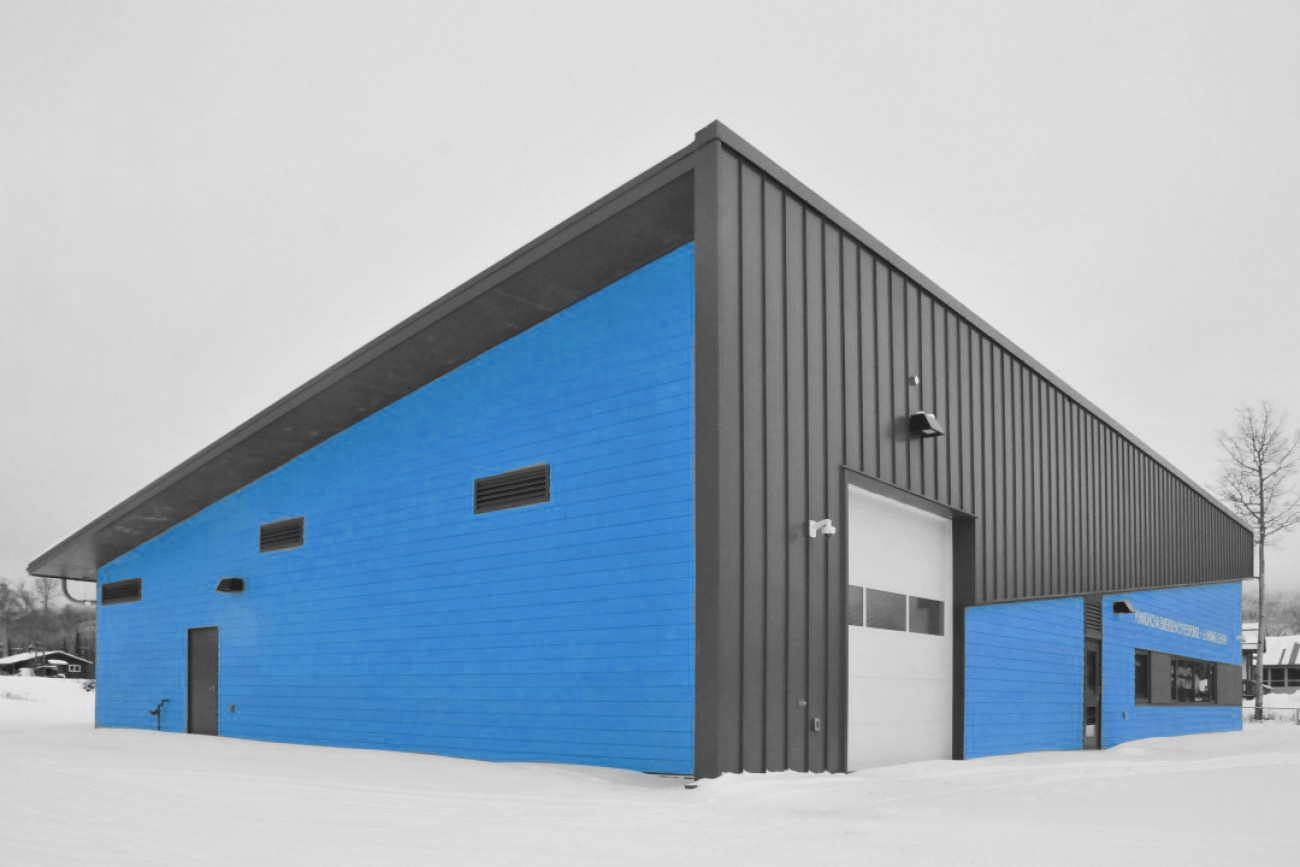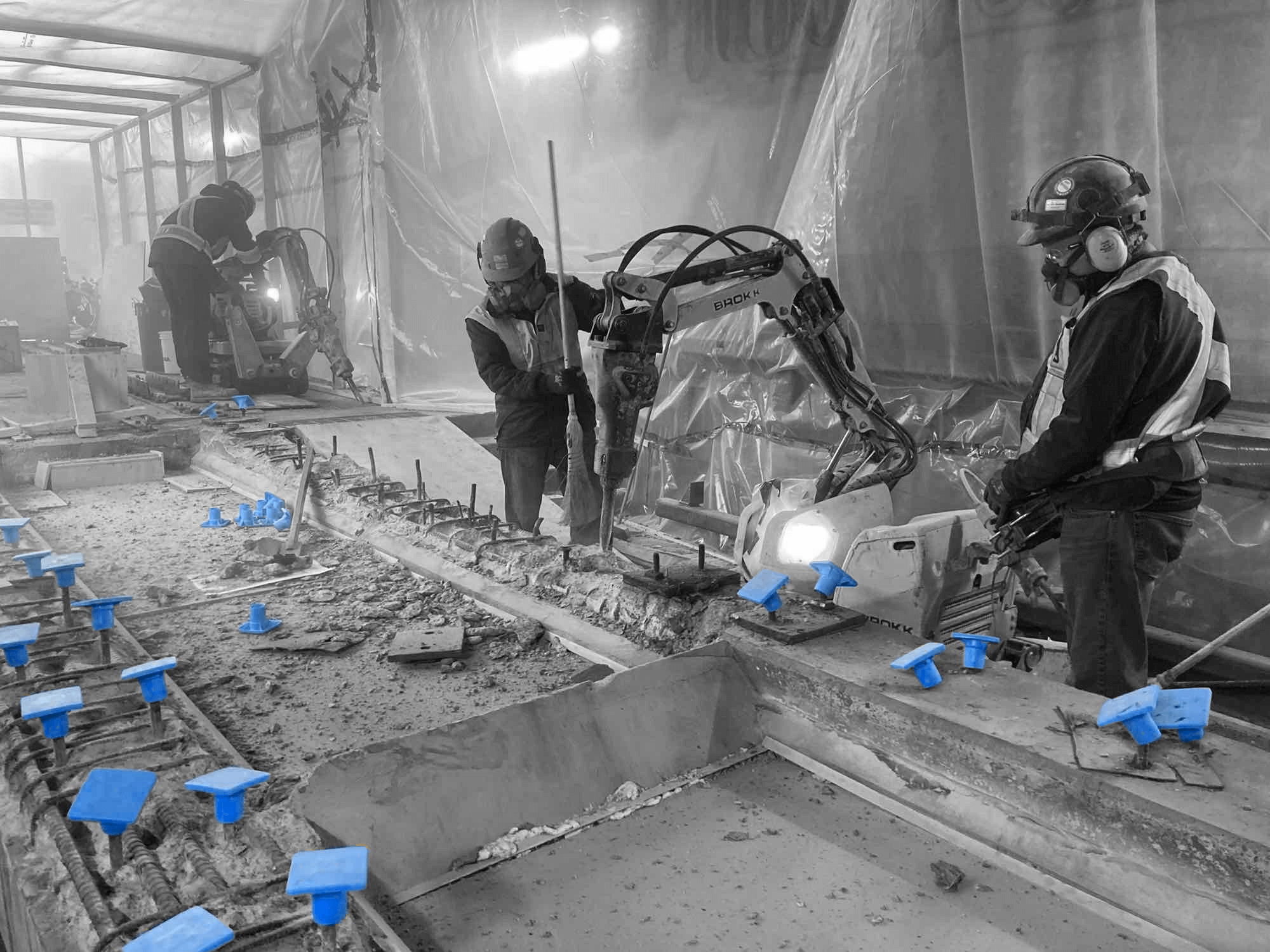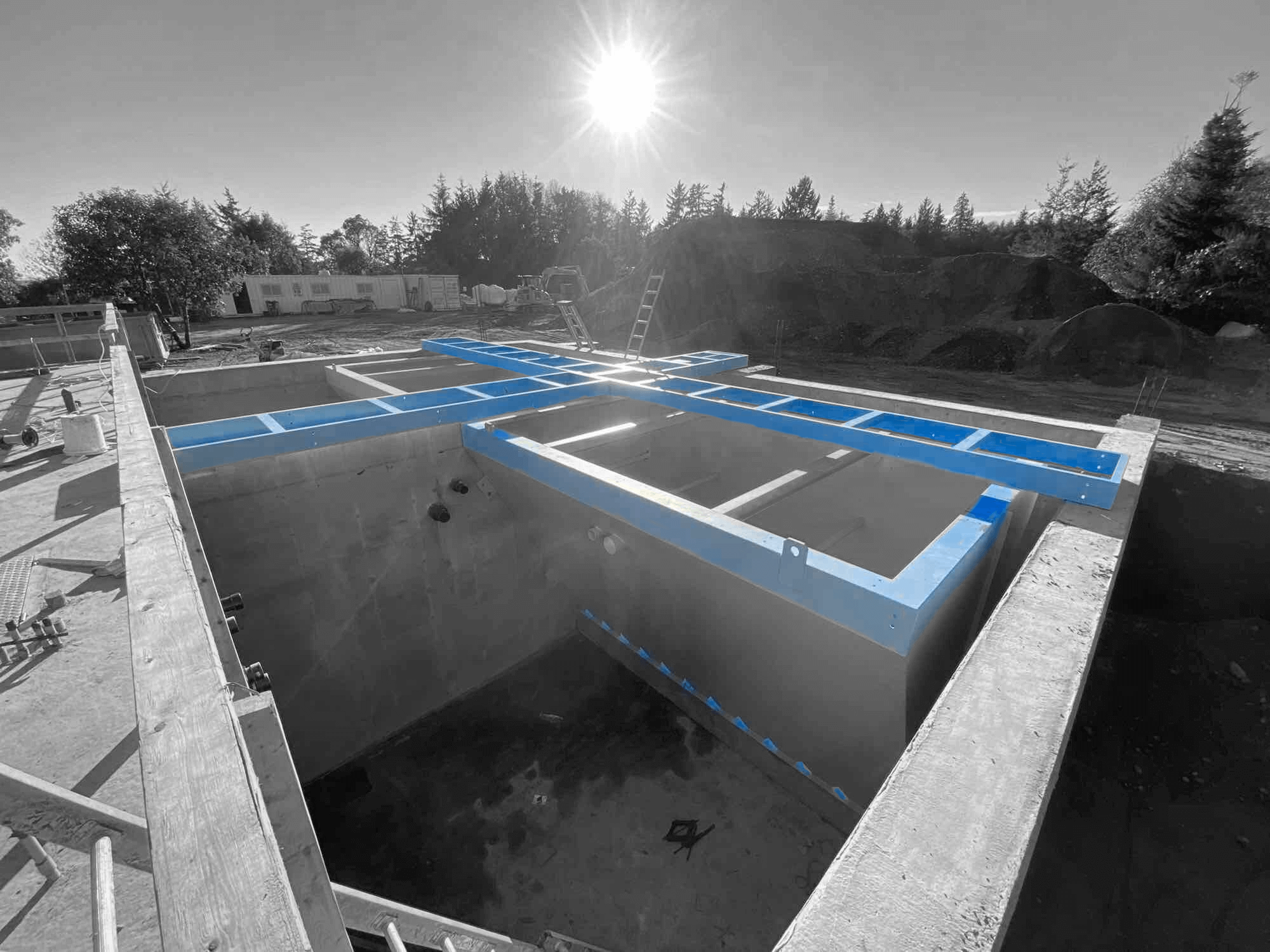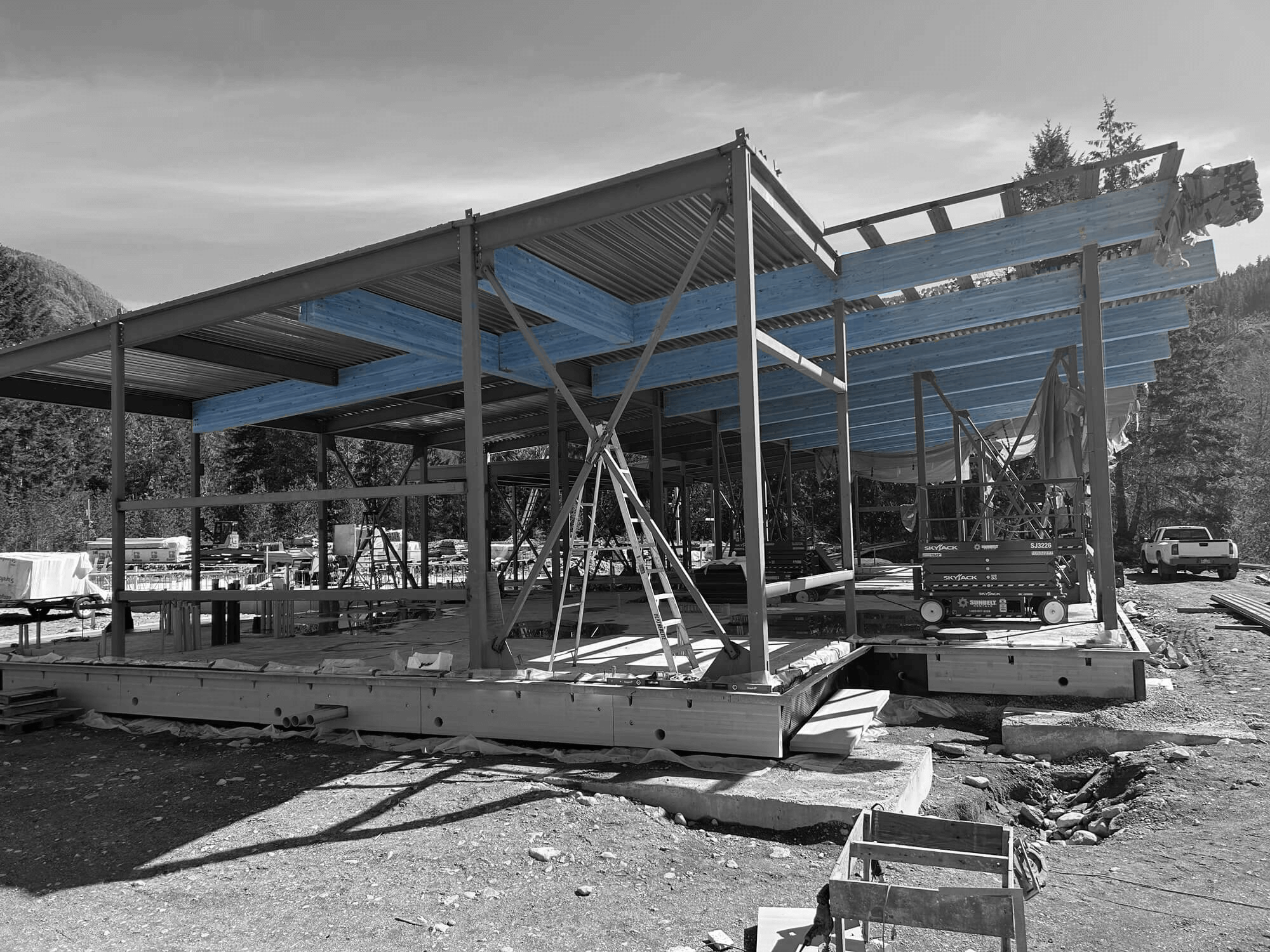Public infrastructure plays a vital role in our daily lives, from the roads we travel to the bridges we cross. Efficient and reliable infrastructure is essential for community development and economic growth. Traditional construction methods, while functional, often encounter challenges in terms of time and budget. This is where EPC (Engineering, Procurement, and Construction) design-build approaches come into play.
The EPC design-build model offers a streamlined solution by integrating different phases of construction under one umbrella. This method promotes better communication among all parties involved, resulting in reduced delays and improved project outcomes. By managing engineering, procurement, and construction cohesively, teams can anticipate challenges and address them swiftly.
As we continue to build the infrastructure of tomorrow, adopting EPC design-build methods could significantly enhance the way we approach public projects. With its promise of improved efficiency, reduced costs, and innovative solutions, EPC design-build stands as a promising choice for building better public infrastructure in the 21st century.
Understanding EPC Design-Build in Infrastructure
EPC design-build combines engineering, procurement, and construction services into a single process. This integrated approach manages all phases of a project under one team, providing a seamless workflow. It begins with the engineering phase, where detailed designs and plans are created. Then, procurement follows, involving the purchase of all necessary materials and equipment. Finally, construction takes place, turning plans into reality.
Unlike traditional construction methods, where each phase might have separate contracts and teams, EPC unifies them. This means there is a single point of contact for the client, simplifying communication and coordination. In traditional setups, the design and construction phases are often separate, which can lead to delays if changes or issues arise. With EPC, the continuity between phases allows for faster adjustments and solutions.
EPC design-build projects offer several benefits for public infrastructure. With its streamlined approach, projects typically see reduced timelines and increased cost savings. The single-contract model minimizes misunderstandings, leading to fewer disputes and clear accountability. This is particularly advantageous in public infrastructure projects that involve complex challenges and tight schedules. Overall, EPC design-build is a modern solution that effectively meets the needs of public infrastructure developments.
Key Advantages of EPC Design-Build
Using an EPC design-build approach brings many advantages, especially in terms of time and cost savings. By managing all phases of a project in one go, it eliminates delays caused by transitioning between different contractors. The efficiency of a single team from start to finish accelerates project timelines, reducing overall construction time.
The integration of services in EPC improves both efficiency and quality. Instead of compartmentalized teams, EPC promotes collaboration from engineering through to construction. This results in fewer design changes during construction, enhancing the quality of the final outcome.
Risk management is another crucial benefit of EPC design-build. With everything under one contract, responsibility is clearly defined. This reduces the risk of unforeseen problems, as the same team addresses challenges across all phases. Streamlined communication further helps in handling risks effectively. Regular updates and a unified project vision ensure that the team can quickly adapt to changes without derailing the project.
By adopting EPC design-build, infrastructure projects achieve greater reliability, cost efficiency, and high-quality results, making it an appealing choice for modern public infrastructure needs.
EPC Design-Build Applications in Infrastructure
EPC design-build is used in various public infrastructure projects, enhancing their effectiveness and delivery. This approach is particularly beneficial in constructing roads, bridges, and public transport systems where coordination across various phases is critical. By using EPC, teams can ensure that projects are not just completed on time, but also meet high standards of quality and safety.
In road construction, EPC design-build allows for seamless integration of new technologies like smart traffic management systems. For bridges, the method enhances precision in engineering, ensuring structural integrity while minimizing construction time. In public transport developments, such as train stations or subways, EPC helps handle complex logistics, ensuring that all components fit together without issues.
Several successful public infrastructure projects demonstrate the benefits of EPC design-build. For example, the swift construction of a major highway using EPC methods resulted in a reduction of traffic congestion and improved travel times. Another project, a new metro line, was completed ahead of schedule with EPC, reducing commuter stress and promoting public transport use. These examples showcase how EPC design-build creates infrastructure that effectively serves the community’s needs.
Future Trends in EPC Design-Build for Infrastructure
Emerging trends in EPC design-build are shaping the future of infrastructure development. One exciting area is the use of digital technologies, such as Building Information Modelling (BIM) and drones, which facilitate precise planning and oversight. These tools enable detailed visualizations and real-time tracking, helping teams fine-tune projects while they are underway.
Sustainability is also becoming more integral within the EPC framework. Eco-friendly practices, like using recycled materials and energy-efficient designs, are increasingly common. These practices align public infrastructure projects with environmental goals, reducing their carbon footprint and promoting sustainability.
The demand for EPC design-build continues to grow as communities seek efficient and cost-effective solutions. This trend is driven by the need for infrastructure that can support rapidly expanding urban areas while adhering to tighter budgets. The control and flexibility offered by EPC design-build make it a preferred choice for future infrastructure projects, ensuring they are completed on time, within budget, and to specifications.
Conclusion
EPC design-build has transformed the way public infrastructure projects are conceived and executed. By integrating engineering, procurement, and construction, this method delivers projects that are timely, cost-effective, and of high quality. From roads to public transit systems, EPC design-build accommodates a wide range of infrastructure needs with precision and efficiency.
Looking ahead, the role of digital technologies and sustainable practices within EPC framework will only increase, allowing for even more efficient and environmentally-friendly outcomes. These innovations, coupled with the growing complexity of infrastructure demands, underscore the importance of adopting EPC design-build methods.
Industra Construction Corp. is positioned to meet these challenges head-on, offering specialized services that align with modern infrastructure needs. By choosing Industra Construction Corp. for your next project, our EPC contractors ensure that your infrastructure development benefits from cutting-edge practices and expertise, fulfilling both community and environmental goals.




